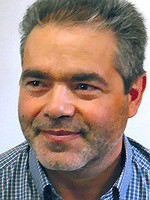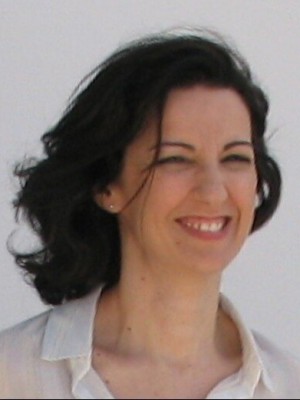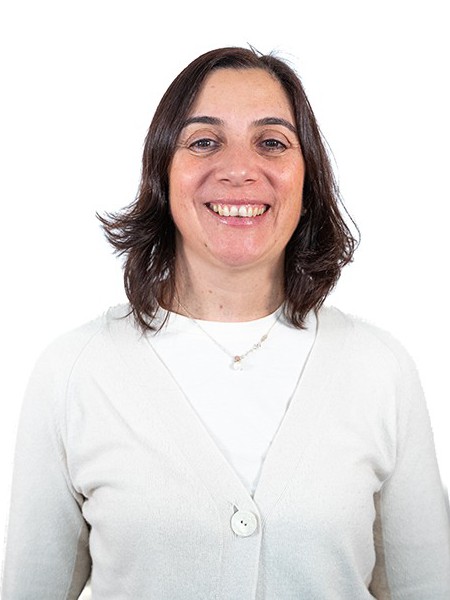resumo
The present study discloses a systematic study about the influence of some relevant experimental variables on injectability of calcium phosphate cements. Non-reactive and reactive pastes were prepared, based on tricalcium phosphate doped with 5 mol% (Sr-TCP) that was synthesised by co-precipitation. The varied experimental parameters included: (i) the heat treatment temperature within the range of 800-1100 degrees C; (ii) different milling extents of calcined powders; (iii) the liquid-to-powder ratio (LPR); (iv) the use of powder blends with different particle sizes (PS) and particle size distributions (PSD); (v) the partial replacement of fine powders by large spherical dense granules prepared via freeze granulation method to simulate coarse individual particles. The aim was contributing to better understanding of the effects of PS, PSD, morphology and state of aggregation of the starting powders on injectability of pastes produced thereof. Powders heat treated at 800 and 1000 degrees C with different morphologies but with similar apparent PSD curves obtained by milling/blending originated completely injectable reactive cement pastes at low LPR. This contrasted with non-reactive systems prepared thereof under the same conditions. Hypotheses were put forward to explain why the injectability results collected upon extruding non-reactive pastes cannot be directly transposed to reactive systems. The results obtained underline the interdependent roles of the different powder features and ionic strength in the liquid media on determining the flow and injectability behaviours. (C) 2015 Acta Materialia Inc. Published by Elsevier Ltd. All rights reserved.
palavras-chave
BONE CEMENTS; LIMITED INJECTABILITY; STRENGTH IMPROVEMENT; HYPODERMIC INJECTION; IONIC MODIFICATION; CRYSTAL-STRUCTURE; APATITE CEMENT; PACKING; ADDITIVES; STRONTIUM
categoria
Engineering; Materials Science
autores
Torres, PMC; Gouveia, S; Olhero, S; Kaushal, A; Ferreira, JMF
nossos autores
agradecimentos
This work was supported by the European Regional Development Fund (FEDER) through the COMPETE and by the Portuguese Government through the Portuguese Foundation for Science and Technology (FCT), in the scope of the projects UID/CTM/50011/2013 (Aveiro Institute of Materials, CICECO, www.ciceco.ua.pt), project PEst-OE/EEI/UI0127/2014 and UID/CEC/00127/2013 (Institute of Electronics and Informatics Engineering of Aveiro, IEETA, www.ieeta.pt) and project UID/MAT/04106/2013 (Center for Research and Development in Mathematics and Applications, CIDMA, www.cidma.matua.pt). P.M.C. Torres (SFRH/BD/62021/2009), S. Gouveia (SFRH/BPD/87037/2012), S.M. Olhero (SFRH/BPD/87486/2012) and, Ajay Kaushal (SFRH/BPD/77598/2011) acknowledge the respective fellowship Grant by FCT.





